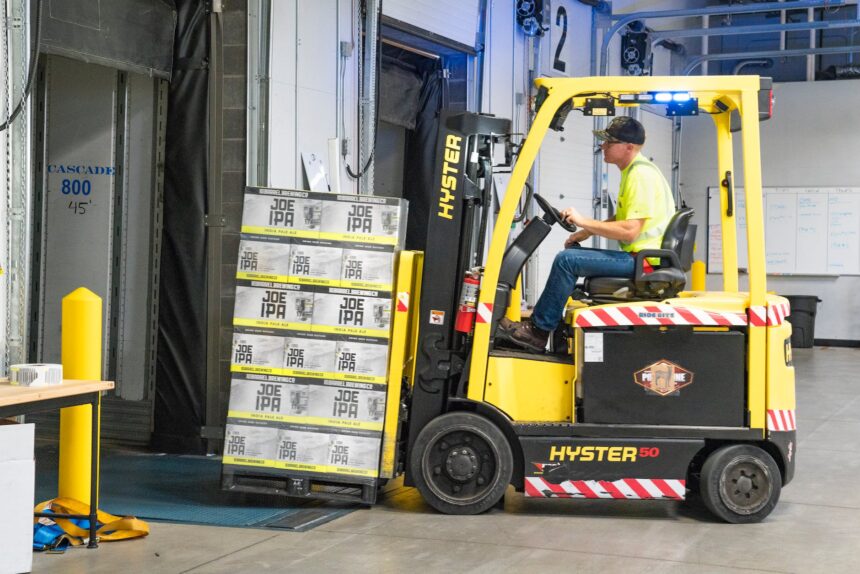Introduction:
Electric forklifts are a common sight in warehouses and industrial settings, silently navigating through aisles without the familiar sounds of gears shifting. Ever wondered how these forklifts smoothly accelerate without traditional gears? The answer lies in the sophisticated traction control systems, specifically the Silicon Controlled Rectifier (SCR) control. In this article, we will delve into the workings of SCR control and how it enables precise speed control in electric forklifts.
The Basics of Electric Forklift Traction:
Electric forklifts are powered by traction batteries, ranging from 24 volts for smaller models to 80 volts for larger counterbalanced machines. Unlike internal combustion engines, which have gears to control speed, electric forklifts rely on electronic control systems to modulate the power supplied to the drive motor.
The Role of Silicon Controlled Rectifier (SCR) Control:
The SCR, or thyristor, is a key electronic component that operates like a valve with a tap. In simple terms, it regulates the flow of electricity to the drive motor by firing short bursts or “pulses” at the motor for fractions of a second. This process is controlled by a complex electronic circuit.
Understanding Voltage Control through Pulses:
Imagine the voltage applied to the drive motor is 80 volts, as illustrated in the graph. The SCR control ensures that these 80 volts are applied only in brief bursts. For example, if each burst lasts one-tenth of a second, then for nine-tenths of each second, the voltage is zero. This results in an effective application of only 10% of the original battery voltage, or 8 volts in the case of an 80-volt truck.
Accelerating and Speed Control:
As the forklift operator presses the accelerator, the pulses of electricity become more frequent, and the voltage peaks get closer together. When the operator presses the accelerator halfway, the blue and grey areas on the graph become equal, resulting in half the voltage (40 volts) being applied to the drive motor. Continuing to press the accelerator brings the pulses closer until the grey area disappears, and the full 80 volts from the battery is applied, reaching the forklift’s maximum speed.
Swift and Continuous Adjustments:
While the illustration simplifies the process using one second, in reality, these adjustments happen incredibly quickly, hundreds or even thousands of times per second. The electronic control panel in a forklift performs complex calculations to ensure the SCR supplies the correct bursts of electricity at precise intervals.
Bypass Contactor and Energy Efficiency:
Some forklifts incorporate a bypass contactor switch, which, when activated, bypasses the SCR control system and applies full voltage directly to the battery. This is typically done when the bursts of electricity reach around 90% of the full voltage. This bypass mechanism helps conserve battery energy, especially when the forklift is operating at or near its maximum speed.
Conclusion:
The SCR control system is at the heart of electric forklift traction, providing a seamless and efficient way to modulate speed without traditional gears. While this article simplifies the process for clarity, it emphasizes the intricate role of electronic control systems in optimizing forklift performance. It’s crucial to note that the electronic control panel, including the SCR control system, should only be accessed and serviced by qualified engineers to ensure the safety and reliability of electric forklift operations.



Leave a Reply